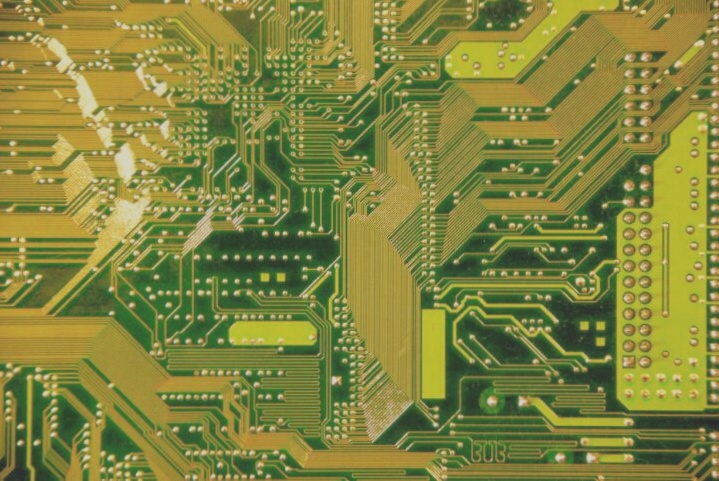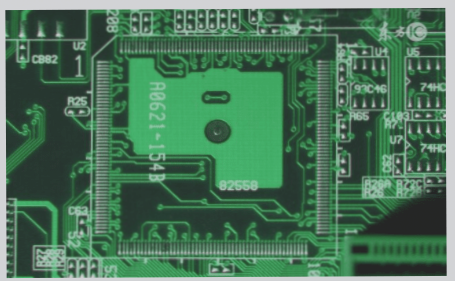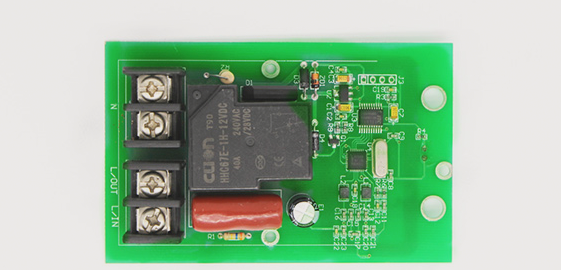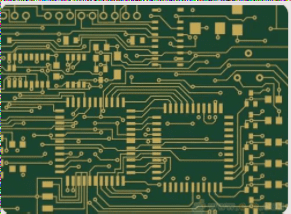Types of Equipment in PCB Production: Electroplating Lines
In the PCB manufacturing process, electroplating is crucial for enhancing board quality and functionality. Two main types of electroplating equipment are used: horizontal PCB electroplating lines and vertical electroplating lines. These systems differ in how they transport circuit boards through the plating process, leading to distinct structural designs and maintenance needs.
Horizontal Electroplating Line
In this system, PCB boards move horizontally through the electroplating bath on a conveyor. This ensures the boards are adequately submerged for the required duration.
Vertical Electroplating Line
This setup involves vertical movement of PCBs through the plating bath. Boards are suspended and moved vertically, allowing for different handling and plating strategies.
Despite structural differences, both systems serve similar functions, with variations in board transport and conveyance design affecting maintenance procedures.
Daily Maintenance and Care Procedures
While horizontal and vertical electroplating lines differ in design, maintenance tasks for plating tanks are similar. Below are standard procedures for maintaining plating tanks and components.
1. Maintenance of Plating Tanks
The primary difference lies in board transport, but tank maintenance methods are largely consistent.
- Cleaning: Clean plating tanks every 7 days, including pickling tanks and inspecting spray devices for blockages.
- Electrolyte Maintenance:
- Wipe copper and tin plating tanks and anode connections during cleaning.
- Inspect and replace damaged baskets and components as needed.
- Electrolysis Testing: Perform electrolysis every 7 days to ensure proper electrolyte function.
- Long-Term Maintenance:
- Clean copper balls and anode bags every 90 days.
- Filter the bath with activated carbon every 120-150 days.
- Clean the tin plating bath every 120-150 days.
2. Maintenance of the Vibration Mechanism (Vertical Plating Line)
For vertical electroplating lines, maintaining the vibration mechanism is crucial for uniform copper deposition on PCB surfaces and holes.
Regular inspection and maintenance of the vibrating system are essential to ensure consistent plating quality.
Conclusion
Proper maintenance of electroplating equipment in PCB production is vital for consistent quality and operational efficiency. While maintenance procedures for horizontal and vertical lines are similar, specific attention to transportation systems and vibration mechanisms in vertical lines is necessary for optimal performance. Regular tank cleaning, electrolyte maintenance, and equipment inspections are key to preventing disruptions and maintaining high-quality plating.

Maintenance Guidelines for Electroplating Equipment in PCB Production
Vibrating Mechanism Maintenance (30 days & 180 days)
PCB Production Equipment Maintenance Guidelines
30-day Maintenance
- Inspect the reducer for proper operation and tightness.
- Check motor bolts and vibration rubber condition.
- Replace worn-out rubber immediately.
180-day Maintenance
- Examine power cord connections for looseness.
- Replace aged or melted insulation cords.
- Inspect and replace severely worn bearings on the vibrating mechanism.
Vertical Electroplating Line Crane Maintenance
Weekly Maintenance
- Clean crane and hanger with rag and sandpaper.
- Maintain neat appearance without disassembling components.
30-day Maintenance
- Inspect hanger and crane components.
- Ensure smooth operation of motor, reducer, and transmission system.
180-day Maintenance
- Thoroughly clean crane and hanging equipment.
- Remove hanging equipment for effective cleaning.
Horizontal Electroplating Line Conveyor Maintenance
7-day Maintenance
- Clean rollers to maintain board cleanliness.
- Check coupling for looseness.
180-day Maintenance
- Inspect and replace worn rollers.
- Check and repair gears, shafts, and motors in the transmission system.
Circulating Filter System Maintenance
7-day Maintenance
- Inspect filter cartridge for leaks.
- Clean or replace filter core for proper filtration.
30-day Maintenance
- Replace filter carbon core for optimal filtration.
- Clean filter pump, air pump filter hood, and screen to prevent clogging.
Electrical System Maintenance
7-day Maintenance
- Inspect power supply output and electrical control system heat dissipation.
- Clean radiator to remove dust.
30-day Maintenance
- Inspect connectors, contactors, relays, and capacitors.
- Replace damaged parts and ensure good contact and soldering.
Automatic Feeding System Maintenance
7-day Maintenance
- Check and calibrate automatic feeding system.
7-day Maintenance (Additional)
- Clean electric heater to prevent overheating.
Water and Gas Piping System Maintenance
7-day Maintenance
- Check pipelines for leaks and repair as needed.
Long-Term Shutdown Maintenance
During long-term shutdowns, take precautions to prevent corrosion or aging:
- Clean floors and remove standing water.
- Ensure all equipment surfaces are clean and dry.
- Protect motors with plastic covering.
- Lubricate bearings with grease.
- Clean pipelines and filter elements.
- Dry heaters in tanks to prevent moisture buildup.
Significance of Timely Maintenance in PCB Production Equipment
Proper and timely maintenance is crucial for efficient and high-quality PCB production. Neglecting maintenance can lead to equipment failure and compromised performance. Consistent maintenance ensures stable operation and top-notch product quality.




